Botanical Gardens: A Modern Noah’s Ark of Floral Species
Botanical Gardens: A Modern Noah’s Ark of Floral Species
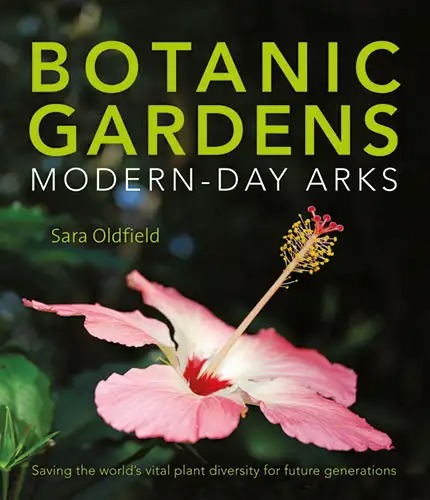
1. Sarah Field recently published a book called "Botanical Gardens: Noah's Ark of Modern Society", which tells the important role that botanical gardens around the world play in saving endangered plant species. The following are some of the photos included in the book. One-third of the flower species in this collection are facing the threat of extinction. They include not only cacti that died in the hands of smugglers, but also fungi that were eaten by hungry goats.
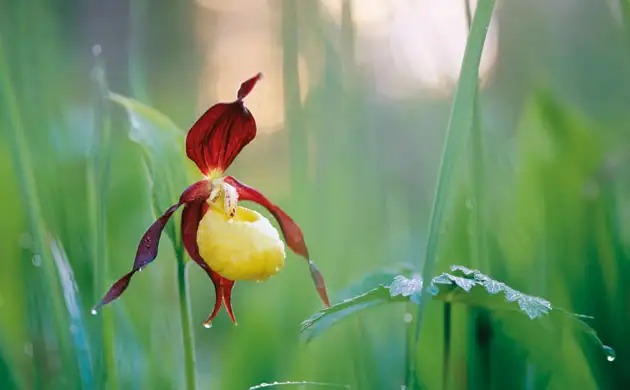
2. Cypripedium calceolus is endangered in many countries because of its beauty, but it is thriving in Kew Gardens, Kew. Kew Gardens has been collecting endangered plants since the 1970s, but the worry is that the collection has become too much and is in danger of being overwhelmed.
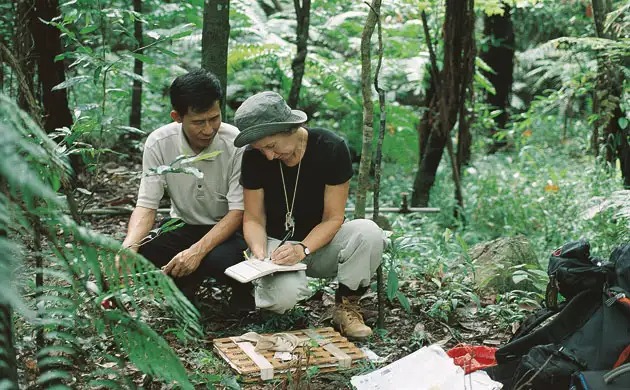
3. Chris Lyon from the Royal Botanic Gardens, Kew, is working with colleagues to record plants with medicinal value. Field notes, photographs and plant specimens enrich people's knowledge of plant distribution and other knowledge.

4. Although Scots pine trees are now found all over the world, the increasing number of deer in the Scottish Highlands, which feed on pine seedlings, means that the plant's natural habitat is facing unprecedented threats.
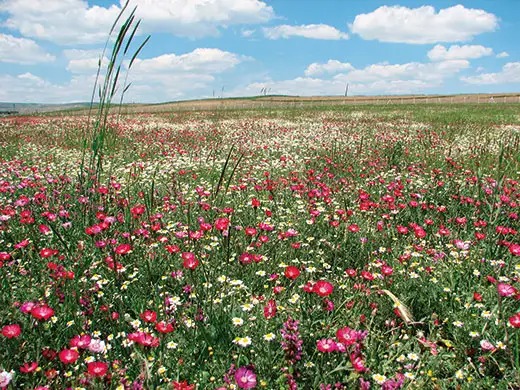
5. The cornflower (Centaurea tchihatchewii) is a critically endangered plant in Turkey. Staff at the Nezahat Gökçeget Botanical Garden are cultivating the plant in hopes of restoring its wild population.
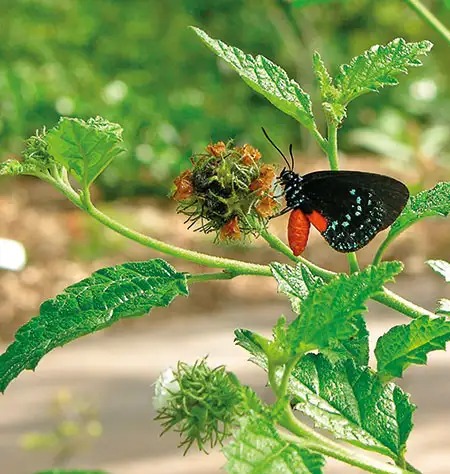
6. The Atala butterfly (Eumaus atala) is endangered due to habitat loss. The species lives in rocky pine forests and tropical hardwood chaparral in Florida, Cuba, and Baja. Staff at the Fairchild Tropical Botanical Garden in Florida are working hard to restore and protect these habitats.
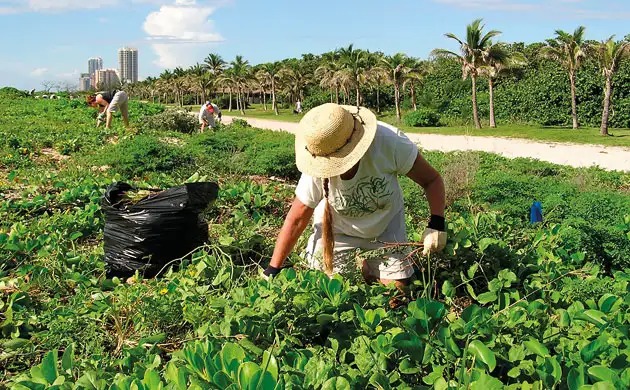
7. Volunteers are helping to restore some of Florida's most endangered plants.
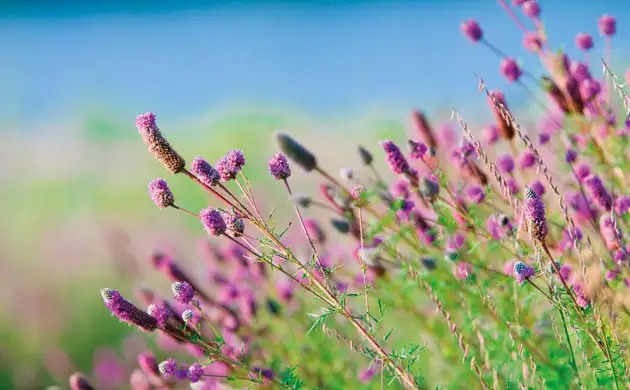
8. This is the Dali purple, or purple prairie clover, one of many local native plants that attracts tourists and can now only be seen in a corner of the Chicago Botanic Garden.

9. A collection of cacti and other succulent plants at the UNAM Botanical Garden. Despite international efforts to prevent the smuggling of cactus plants, 381 species are still endangered.
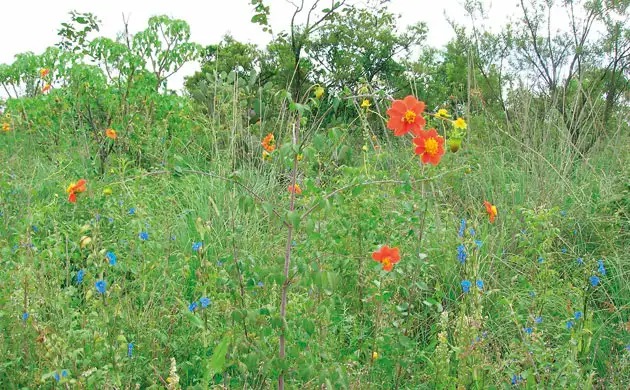
10. This is a dahlia growing in its native habitat in Mexico. Dahlias have long been used as medicine and their tubers eaten as vegetables. Today, their fame is spreading as they appear in botanical gardens around the world. The National Autonomous University of Mexico's Botanical Garden has a number of important species of the plant, including the Brevis dahlia, which is now extinct in the wild.
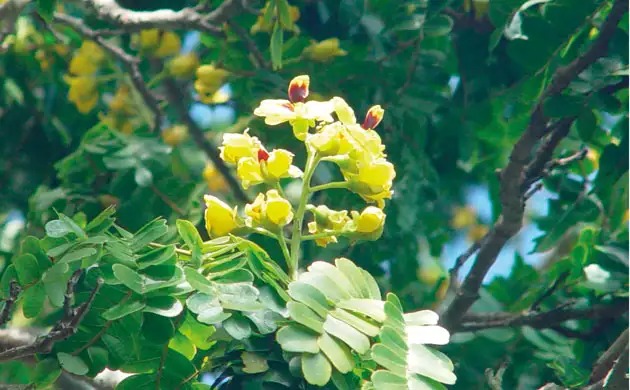
11. Pau brasil is the national tree of Brazil and has been cut down for centuries for international trade. It is now an endangered species and was added to CITES Appendix II in 2007.
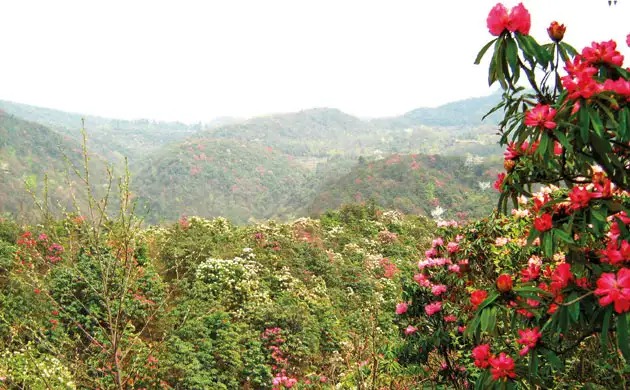
12. The native rhododendrons are rich and diverse, with more than 550 species. In some forest habitats, rhododendrons are the dominant tree species, and they occur as shrubs, such as in the mountainous jungles of Guizhou.
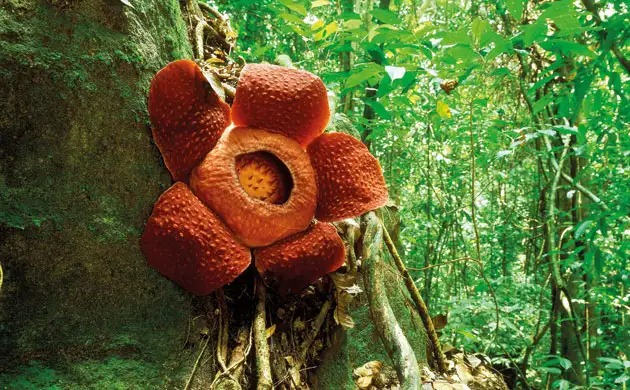
13. The Rafflesia plant is a parasitic plant native to Indonesia that emits the smell of rotting flesh. All subspecies of the plant grow in Indonesia's rainforests, and the species' future depends on whether their habitat can be effectively protected.
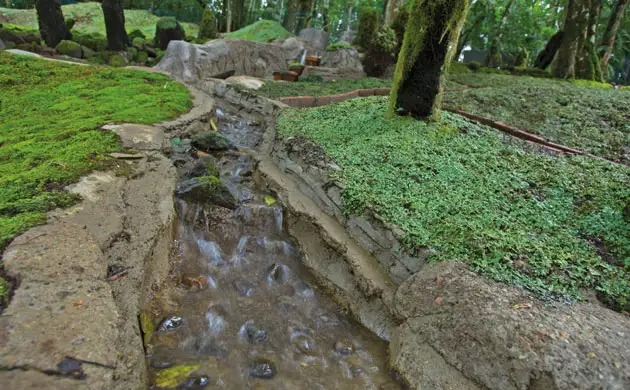
14. This is the Cibodas Bryology Garden in Indonesia. It is a small garden dedicated to the cultivation and display of various lichens and mosses.
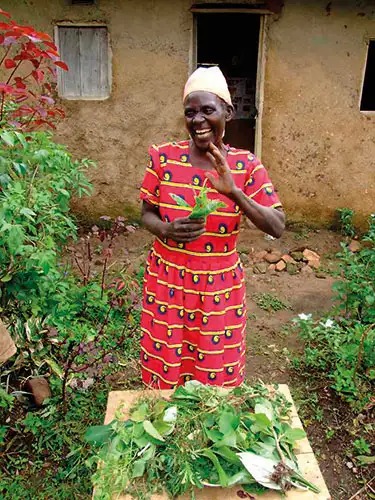
15. This is an indigenous doctor in the Bushenyi region of Uganda showing her plants. Medicinal plants play a huge role in Uganda, and they are often used in combination with Western medicine. Some of these species were once weeds in farmlands, but most were collected from the wild, but the wild resources are now decreasing.
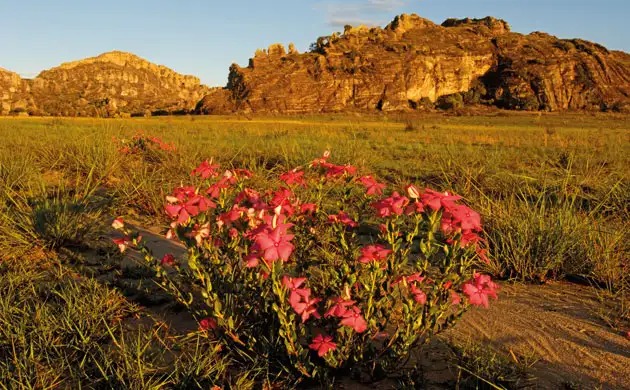
16. This is a rose periwinkle (Catharanthus roseus) in bloom in Isalo National Park, Madagascar. The arid sandstone terrain also supports a variety of succulent plants.
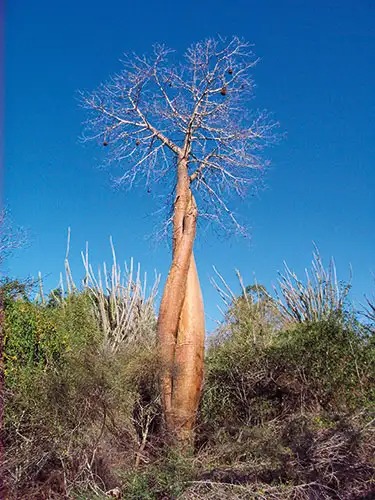
17. This is a baobab tree (Adansonia rubrostipa) from Madagascar, one of six subspecies.
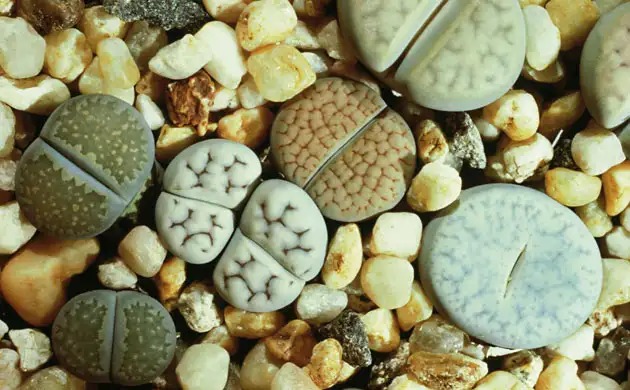
18. Lithops spp. can be mistaken for real stone plants in piles of rocks. Their habitat is in the Cape Province of South Africa. Kirstenbosch National Botanical Gardens in Cape Town was listed as a World Natural Heritage Site for being the first to collect this species.
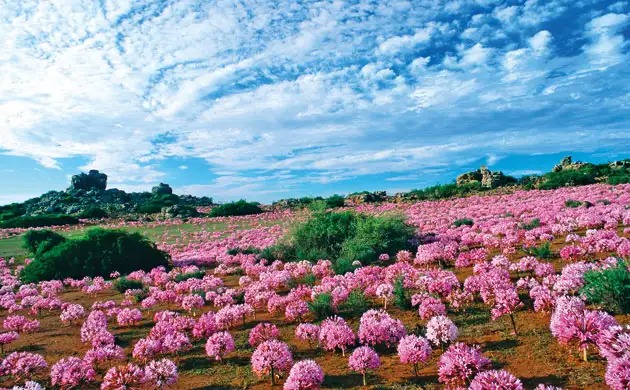
19. Brunsvigia bosmaniae blooms in the Hauntam National Botanical Gardens in South Africa. This spectacular display often occurs after the rains in late summer.
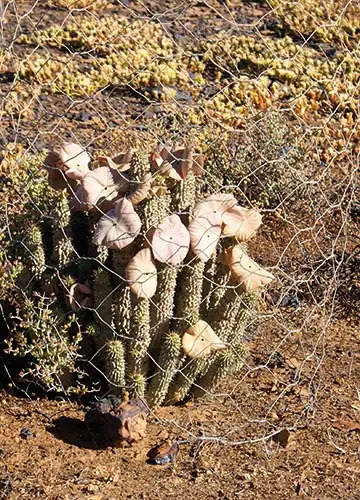
20. This is a Hudia cactus growing in the Tankwa-Karoo Basin of South Africa. This plant rarely flowers, looks a bit like a mushroom, and smells like rotting meat, but it has long been sought as a panacea for obesity because it suppresses appetite. Humanity's desire for slimmer and slimmer has almost driven it to extinction, but today its cultivation has become a huge source of income for South African farmers. They have to be carefully protected by barbed wire because these plants are a favorite of goats.
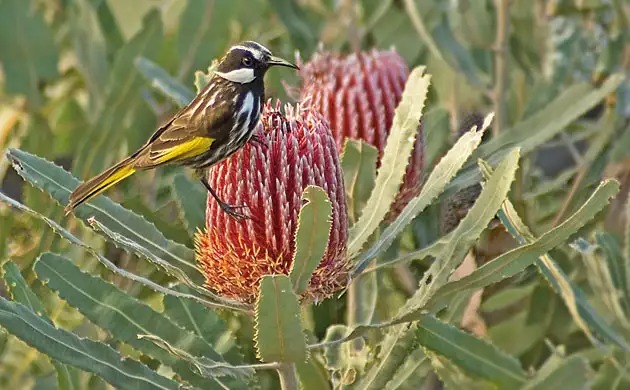
21. Plant conservation in Western Australia is of special importance because it is related to the survival of local wild birds. In the picture, a white-cheeked honeyeater is resting on a Banksia Douglas fir tree.
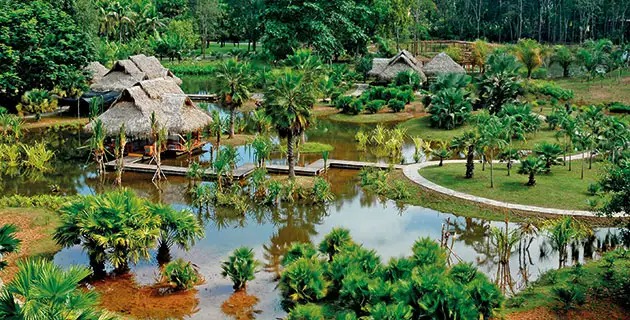
22. The Xishuangbanna Tropical Botanical Garden in Yunnan was established more than 50 years ago as a research center for rubber production. Today, rubber plantations are extremely extensive in the region and are replacing the biodiversity of the rainforest. Scientists in Xishuangbanna are very concerned about the impact of deforestation on the region's climate and water resources, and are working to create a buffer zone for nature conservation.